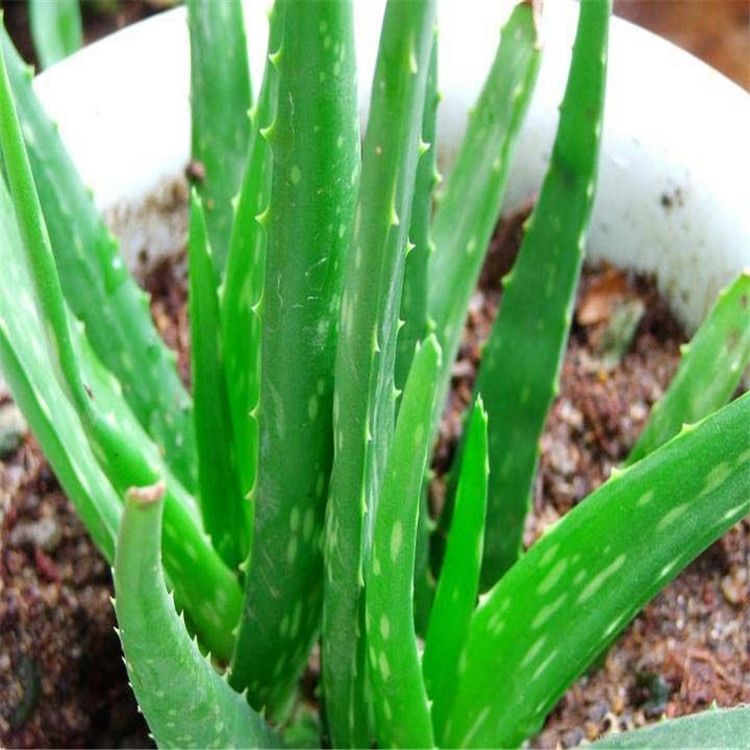Chemical Constituents and Components : Main chemical
components are aloesin, isoaloesin, aloesone, aloin,
emodin, methly-p-coumarate, barbaloin, chrysophanol,
glucose, galactose, mannose, galacturonic acid, mucilage
and *8 amino acids.
Action :
Aloin : 1. It reduces inflammation by blocking production
9f thromboxane A2' inactivating bradykinin, inhibiting
prostaglandin A2, and inhibiting oxidation of arachidonic
acid. 2. It stimulates colonic motility, causes active
secretion of fluids and electrolytes in the lumen and
inhibits reabsorption of fluids from the colon. 3. It
stimulates regeneration of cells in the islets of
langerhans, including beta cells. 4. It increases cardiac
contraction. 5. It blocks the conversion of histidine to
histamine as a result of the inhibition of histidine
decarboxylase. 6. It is significant in the treatment of
ulcerative colitis. 7. It is helpful in healing burning
wounds by epithelialization.
Curing Diseases : 1. It is bitter, cooling, anthelmintic,
carminative, antidiabetic, diuretic, stomachic, ophthalmic
and alexertic.
2. It is useful in dyspepsia, amenorrhoea, flatulence,
constipation, colic, hepatopathy and splenopathy.
3. It is used in skin diseases, burns, abdominal tumors,
dropsy, sciatica and lumbago.
4. It is used in painful inflammations and chronic
ulcers.
5. It is used in catarrhal and purulent opthalmia.
Research Information : Study shows that Aloe vera gel is
effective in treating partial thickness burn wound. It
shows early epithelialization. (Ref. Visuthikosol V and
et.al., Effect of aloe vera gel to healing of burn wound a
clinical and histologic study. PubMed, ***5 Aug; *8 (8):
****9)
Possible Combinations : Aloe vera + prunus amygdalus +
alternanthera sessilis + rubia cordifolia
(anti-inflammatory and antibacterial)

